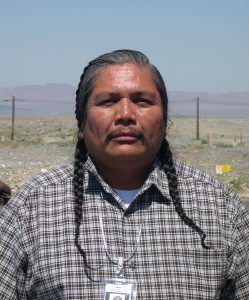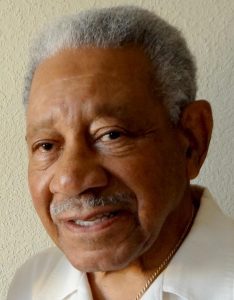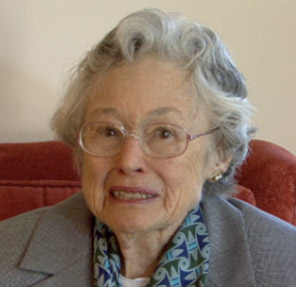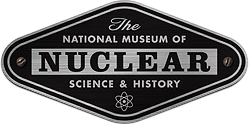
In November 2012, the Atomic Heritage Foundation (AHF) and the Los Alamos Historical Society (LAHS) launched a new website, “Voices of the Manhattan Project,” featuring our oral history collections. The collection of more than 50 oral histories is just the beginning. AHF and LAHS hope to add some two hundred from their collections and perhaps many more from organizations at the other Manhattan Project sites and elsewhere. The site provides a rich tapestry of people and perspectives on one of the most significant developments in modern history.
AHF is continuing to interview Manhattan Project veterans and their families. If you are, or know, a veteran who would like to be interviewed, please contact us at info@atomicheritage.org [info@nuclearmuseum.org].
The Manhattan Project was a great human collaboration. Participants included recent immigrants who fled anti-Semitism in Europe, young men and women straight from high school or college, and numerous Hispanics, Native Americans, and African-Americans. Some 125,000 people worked in secret locations in communities developed by the government for the sole purpose of the project. Most surprisingly, very few knew that they were working on an atomic bomb.

Rex Buck Jr., a member of the Wanapum Indian tribe that was displaced at Hanford by the Manhattan Project.Rex Buck Jr., a member of the Wanapum Indian tribe that was displaced at Hanford by the Manhattan Project.“Voices of the Manhattan Project” captures the stories of Manhattan Project veterans and their families. Together AHF and LAHS have collected hundreds of oral histories over the years.
The initial interviews range from Jack Aeby, who took the only color photograph of the first atomic bomb test at Trinity; to Donald Trauger, who worked with Harold Urey and John Dunning at Columbia University on uranium enrichment; and young scientists such as Becky Diven who worked on designing the bomb at the Los Alamos scientific laboratory. These interviews highlight the many challenges of the Manhattan Project from living in isolated secret cities to solving complex problems with slide rules, the “high-speed computers” of the day.
The interviews offer a variety of perspectives on the project. Some Native Americans discuss the government’s displacement of the tribes from their ancestral lands in Hanford, WA. In others, Pueblo Indians in New Mexico talk about the impact of the government project on their ancestral traditions and economy. Some interviews are just fun, talking about how the young people blew off steam by hiking and skiing in Los Alamos, dancing and bowling in Oak Ridge, and engaging in a meatball mess hall battle in Hanford.

The prospect of creating a Manhattan Project National Historical Park at the three major sites of Los Alamos, NM, Hanford, WA and Oak Ridge, TN has galvanized interest nationwide in the Manhattan Project and its legacy. Media outlets around the country, including the Associated Press, the Tri-City Herald, and the Knoxville News Sentinel, have covered “Voices of the Manhattan Project.” We expect the website will become a great resource for scholars, students, and the general public interested in the history and legacy of the Manhattan Project.




